Across the vibrant and geographically diverse counties of West Contra Costa and Marin, from busy urban campuses to serene suburban settings, high schools offer a wide range of educational experiences.
However, a group of schools often goes unnoticed and misunderstood: continuation schools. Contrary to popular belief, “bad kids” do not exclusively attend these schools as a last resort to graduate early. This constrained viewpoint undercuts the significant benefits that continuation schools provide to children.
While continuation schools are often overlooked or stigmatized due to misconceptions, their impact on the lives of young learners cannot be underestimated. Sylvester Greenwood Academy, formally known as Gompers, is located on Chanslor Avenue in Richmond, California, in the Iron Triangle neighborhood known for poverty and gang activity.
Richmond is a multicultural city with great restaurants and increasingly expensive housing, but Sylvester Greenwood Academy’s newly reconstructed big block building has a setting that might drive some students and families away.
If you’re from Richmond, which I am, you would say that the Iron Triangle is “active.” There’s always something going on. You hear sirens. Police zoom by day and night. Sideshows with noisy burnouts are popular at night.
The close-knit neighborhoods, with their shared tumbledown fences and a yard that is almost always in need of upkeep, are characterized by lines of cars monopolizing street parking, with some parked on individual lawns.
You wouldn’t really want to locate a school in the middle of such a neighborhood, but as you navigate through the majority of time-broken sidewalks, the walkways flatten out, revealing the sight of the reestablished continuation school in the West Contra Costa district in front of you.
Since it’s the only street with smooth sidewalks, it’s difficult to miss.
Looking outside the school and considering your location, you wouldn’t think any less of it. If you’re from Richmond and are familiar with its past, you wouldn’t even give it a second thought.
It’s just a place you wouldn’t want yourself or your child to go. The large cube resembling a prison cell isn’t particularly eye-catching, making it difficult to imagine attending school there.
But someone else might tell you otherwise. “We consider this to be the best high school in the district,” says Principal Phillip Johnson of Sylvester Greenwood Academy.
When you enter the building, you feel an unexpected kind of anticipation for what you are going to encounter. It could be due to my familiarity with the school pass or the possibility of encountering someone I know.
The grand, open entrance greets you, with beams of natural sunlight piercing through the large windows. When you enter, there’s a desk with phone pouches arranged on top and a phone pouch carrier—like the ones you typically see in your classrooms.
With the school secretary at the front ready to collect your phone and a security guard on the side closely monitoring your every move, the school resembles a typical continuation school atmosphere, complete with metal sensors overlapping with the desks. It feels like a TSA checkpoint.
You would be surprised on the inside, as the school’s plain exterior doesn’t fully capture its personality and culture. The school’s building features numerous displays of student art. Throughout the two-story building, there are numerous colorful self-portraits and 3D artworks that mimic food themes like a pink frosted donut or a pepperoni pizza, with others being typical items like Nike slides or random things you’ve probably seen before.
The school offers a wide variety of classes that you wouldn’t typically expect from a school like that. As Mr. Johnson sat down and explained to me, these classes, along with his newly implemented structure, have significantly enhanced the school’s overall impact on students’ lives, both academically and personally.
As quoted in a November 2 Contra Costa Pulse article, Rev. Donnell Jones, executive director of Contra Costa Interfaith Supporting Community, says, “To have people from North Richmond coming into central Richmond who may be part of rival gangs is a concern for the community.”
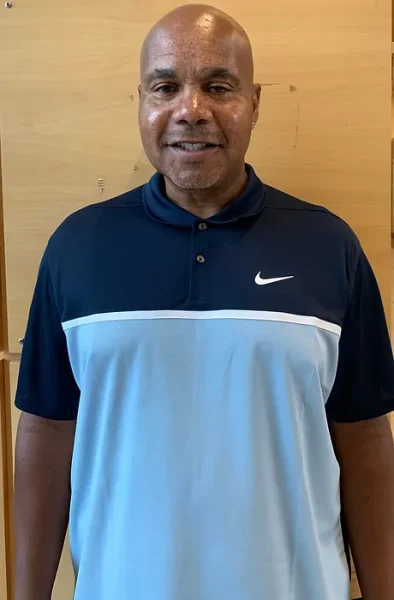 However, Phillip Johnson, a former Richmond Police officer of 18 years, makes it clear that “we’re not a dumping ground,” contrary to the reputation the facility once held.
However, Phillip Johnson, a former Richmond Police officer of 18 years, makes it clear that “we’re not a dumping ground,” contrary to the reputation the facility once held.
He feels as if this is his calling and has been able to make an impact. He described it to me: “It was a dumping ground when I worked at Kennedy. We would send our worst students here, but I changed that.”
Getting into school is no longer as simple and easy as it once was because Mr. Johnson now chooses who gets accepted. Students must submit an application, where he will review your grades, attendance, and behavior. To him, he makes it known that you’re here through an inter-district transfer that can be revoked at any time.
He emphasizes the importance of not dealing with behavioral issues, saying, “I can deal with grade issues and attendance, but if you’re going to send someone with a behavioral issue, I need to see what kind of mediation you tried with the student before I let you in if you have a disciplinary issue.”
The school and the community are home to numerous bold personalities that may come as a cultural shock to those from other counties.
Of course, the school doesn’t disappoint in that regard, but once you get past the personas that most teenagers in urban cities put on, what you really see is a group of young adults who haven’t had the right support trying to navigate the less-than-ideal community and culture of Richmond High Schools, which most young teens get so sucked into.
Most of these students exhibit what I refer to as the Richmond effect, a phenomenon where a persona develops alongside them during their adolescent years. Most of the time, people from the area tend to grow into a heavy, “I don’t give a fuck” mindset, to say the least.
Students like Noe Valdez, a senior at Greenwood, may fit the stereotypical “project kid” mindset. Despite the complexity of his experience at Greenwood, Mr. Johnson acknowledges to me that their relationship hasn’t always been all “peaches and creams.”
Having previously attended Richmond High, his nonchalant demeanor about his whole situation is one you wouldn’t be surprised by or expect any less.
“I ain’t go to school or classes that much; I just had F’s,” Valdez bluntly states. This prompted him to transfer to Greenwood with the intention of regaining the credits necessary for graduation and potentially enrolling in a trade school. Of course, any path to success isn’t easy. It’s not easy to transition from a school where many students say they don’t care what you do to one that has a proper structure.
His take on the schools in West Contra Costa is one you hear commonly.
“At Richmond High, it’s more open and free, probably because they don’t really care,” Valdez says. When there is too much freedom, most high schools in the West Contra Costa district completely deprive their students of feeling important and acknowledged.
Even students who maintain a nonchalant attitude can recognize the significance of a caring school environment. Even Valdez, who maintained a nonchalant demeanor throughout our conversation, was able to acknowledge that Greenwood truly cares. He says in laid-back terms, “They actually care about you graduating, I guess.”
Throughout his experience here, Mr. Johnson has been able to condemn his efforts. “Despite all the challenges we’ve faced, I truly value his willingness to step up, and now he’s on his way to graduation.”
For some of us, the prospect of not graduating is something we would never consider, but for others, it’s a fear that many in this school are all too familiar with. Junior Braylin Spears, a former student at El Cerrito High, discusses a mindset that many people have likely experienced at some point in their lives. “I was not focusing on my studies, and I thought I had all the time in the world,” says Spears. However, he shortly acknowledged that he clearly didn’t. Having previously attended a high school with nearly 1,500 students, he recognizes that Greenwood has been better able to support him in his education.
He, along with many other students and parents, previously believed in the reputation that the facility once held. “My mom didn’t want me to go, but once she saw my credits, she agreed for me to go,” he says. I initially expected it to be like Gompers, with fights nearly every day.
However, despite initially having a negative perception of the school, he explains to me that it is now a relaxed environment where you can complete your work with teacher support and great accessibility to talk to your counselors. Looking back on his time at El Cerrito High, Braylin noticed a trend that many schools across the country have likely witnessed: students spending more time on their phones. He recalls constantly checking his phone, often neglecting the work that was right in front of him.
However, with Greenwoods’ no-phone policy, he’s able to admit a positive change in his work ethic. “It makes a positive difference because if I had my phone, I probably wouldn’t get as much work done as I have, and I feel like that was one of the problems I had at El Cerrito.”
The school’s class structure and opportunities are things students frequently view with high regard and enjoy about the school. Johnson’s idea of implementing enrichment classes during 7th period on Tuesdays and Thursdays has really been a big step in student development.
He expressed uncertainty about students’ well-being after returning from their post-COVID studies. According to Johnson’s proposed 4-wheeled system, each student must enroll in one of the curriculum options each quarter in order to earn credits by the end of the quarter.
Each quarter, the system consists of four types of curriculum, such as fitness and wellness, where students participate in sports such as basketball, volleyball, and soccer, both for girls and boys, to earn credits.
All seniors are required to complete a college and career class. This gives them the opportunity to plan their futures and obtain guidance. In addition to the arts and humanities, students can engage in leadership, art, and culinary. Johnson adds, “Chef Mike has really stepped the game up for us.”
With the relatively fun courses, Johnson still makes it known that, “if you receive any F’s, we remove you from the 7th period class and send you to academic tutorial until you improve your grade, after which we will reintegrate you.”
This year, funding made it possible to implement an after-school program. The program also forces failing students to attend the learning center after school hours. In addition to providing students with internship opportunities, Johnson explains, “We offer internships that require you to attend our afterschool program, arranging an internship with one of the elementary schools.” He himself recalls doing it as well during high school, recognizing the fun he had.
Graduate Anaya Simon was able to make a huge comeback with her credit recovery. In the beginning, needing 130 credits, she knew she wouldn’t be able to make it up, but Greenwood gave her a second chance to recover her credits. She acknowledges that the school’s refurbishment has had a positive impact. “We see more people coming to this school than the other schools because we are known to help students graduate on time and in a short amount of time,” says Simon. In February of this year, she graduated early, before her class, and now works at the school office as an understudy, learning the educational system.
During my time speaking with Mr. Johnson at Greenwood, I was able to witness the community among his students firsthand. As the lunch bell rang, Mr. Johnson led me outside to observe the students in their natural state.
As we headed outside to the basketball court, many saw and greeted Mr. Johnson. Immediately, some students greeted him with a “Hey, what’s up, Mr. Johnson,” followed by dabbing him up. Based on the depth of some of the conversations, you can clearly sense the closeness between him and his students, as well as certain personal relationships.
The students were all outside on the court, either hanging out among themselves or throwing around a football, which made me paranoid about hitting my head multiple times. Still, I was able to talk to a couple students, whose short but to-the-point experiences really show the growth these students embody.
Senior Dame’On Demonte Hooker’s welcoming demeanor made it very easy to converse. He told me that he really enjoys the school’s fast credit recovery and chill environment. He then took me and introduced me to his little group of friends, Andrea Maldonado, Ariana Camargo, and Alexander Nunez. They all shared the common experience of missing a significant number of credits and disliking their previous high schools.
Maldando shares, “It’s better than my older school, Kennedy, and my brother came here, so I didn’t want to be alone.” The group is now on track for an early graduation. Hooker then introduces me to Senior Ricardo Maldonado.
Maldonado recognizes in the schools a significant emphasis on the well-being of students and their opportunity for redemption. When he emphasizes the variety of after-school activities available for students, he believes that the school prioritizes the students’ needs over the district’s approval. He asserts, “The school prioritizes the needs of the students over the district’s interests.” After graduation, he plans to either attend the military or college.
***
We cross the water and enter Marin, a suburban, comparatively upscale county. The natural beauty is filled with many quiet small towns and expensive housing. Marin, a well-kept county, is also recognizable for its excellent schools.
San Rafael, a small city in Marin County, provides a variety of urban amenities, including a main high school, for its residents. San Rafael High. The high school, with 1,265 students, is clearly not a small school. Terra Linda High School is 15 minutes away by car, another option for San Rafael teens.
Given the size of the school, it’s not unexpected for students to slip through the cracks. The population is predominantly Latino (66%) in relation to the white (27%) community, which has expanded over the years.
If they’re from San Rafael High, many students can navigate the environment with relative ease. Of course, every school has its typical teenage drama, but San Rafael High School boasts a relatively relaxed student body.
Many students find it challenging to form connections due to the school’s large student body. Some students find the traditional school environment inadequate for their involvement. The school’s complex past and present justify the addition of a continuation school.
But the simple, plain white and green building of Madrone Continuation Schools sits on the right side of campus, where you’ll typically see Principal Victoria Martin out in front, ready to greet students who are coming in.
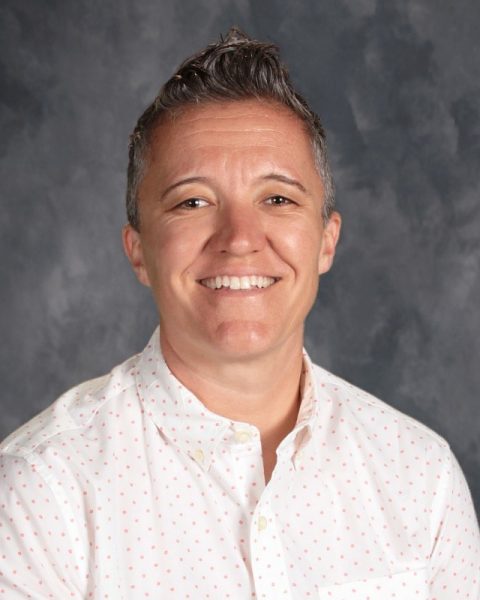 When I sat down with Ms. Martin, she explained her school’s regulations, which include accepting referrals from San Rafael and Terra Linda High through the counseling office. Your attendance priority has an impact on your credit recovery.
When I sat down with Ms. Martin, she explained her school’s regulations, which include accepting referrals from San Rafael and Terra Linda High through the counseling office. Your attendance priority has an impact on your credit recovery.
According to Martin, the main difference between SRHS and Madrone is that large class sizes that can accommodate all types of personalities often have “floater students, ”or, as she puts it, “the worst kid you could be at comprehensive high school is a kid who is not really ‘bad’ but not really doing what they’re supposed to be doing.” Martin continues, “What happens in a big class is that if you’re not working, the teacher won’t like it, so a teacher will prioritize a student who is working or a student whose parents are heavily involved.”
The problem over here is that many students end up not getting the attention they need to be successful because they’re not necessarily engaging in attention-seeking behavior. A significant number of students at Madrone fell into this category.
However, with a smaller student body of 70, Madrone has become a place to rebrand yourself. For Senior Keila Sem, the Board Rep of Madrone, joining Madrone has been a transformative experience. During her time at San Rafael High, she succumbed to the typical taboo teenage culture prevalent in public schools, ultimately leading to her placement at Madrone.
When I sat down with her, it became clear that a place with such a negative reputation could accommodate individuals who have so much to offer. She acknowledges the misconception that “all we do is color and cut out stuff,” a belief that I, too, initially held. But her transition to being very school-involved and hands-on has led her to do so much more, with Madrone offering her many opportunities. Initially, she didn’t anticipate graduating from Madrone, but she now says, “I don’t regret it.”
Of course, that wasn’t what she initially believed when she realized where she was going for the coming school year. Sem says, “I wanted to cry; no one, coming from a comprehensive high school, has the mentality to want to go to a continuation school, because that’s like reaching ‘rock bottom’.” She, along with many others from immigrant families, can often relate to those who fall into this category. She realizes that your families have made sacrifices for you.
“They literally left everything in their country to provide for me and my brothers, so how did I end up at a continuation school?” Sims asks.
The key word you’ll always hear in most stories of people whose parents first felt about them getting into a continuation school is “their disappointment.” Through her journey, she was able to overcome her initial perception, grow personally, and prepare herself for her future.
Now, seeing things through a new scope of lens, Sims says, “Yes, having a diploma from SR will make me feel that much better, but really, I need to see the bigger picture, which is life after high school, and Madrone is going to help me after high school.”
People’s judgments of these places are prominent without a full understanding of their true nature, especially when they originate from a community where adolescent indifference is prevalent. I, too, found myself following the same path of indifference, skipping classes, and generally acting foolishly. It wasn’t until a series of events jolted me into reality that I decided to completely change my surroundings and attend school in Marin County.
It’s only when we reach our lowest point that we begin to break free from the personas we have so deeply ingrained in ourselves. In the same way, one can become so engulfed in teenage shenanigans that it takes stepping away from those types of environments to truly open one’s eyes to a new perspective. This is exactly what I ended up achieving, as continuation schools provide students who have fallen deeply off track with a fresh perspective and a way to grow themselves.
These schools have implemented a new way of growing while gaining what you need to graduate. These schools provide alternative ways to earn credits that help set students up for life after high school.
In my last conversation with Johnson, he explained that he acknowledges the school’s impact on students and reflects back on the work he’s done at the school. After my experience there, this might just be “the district’s best kept secret.”

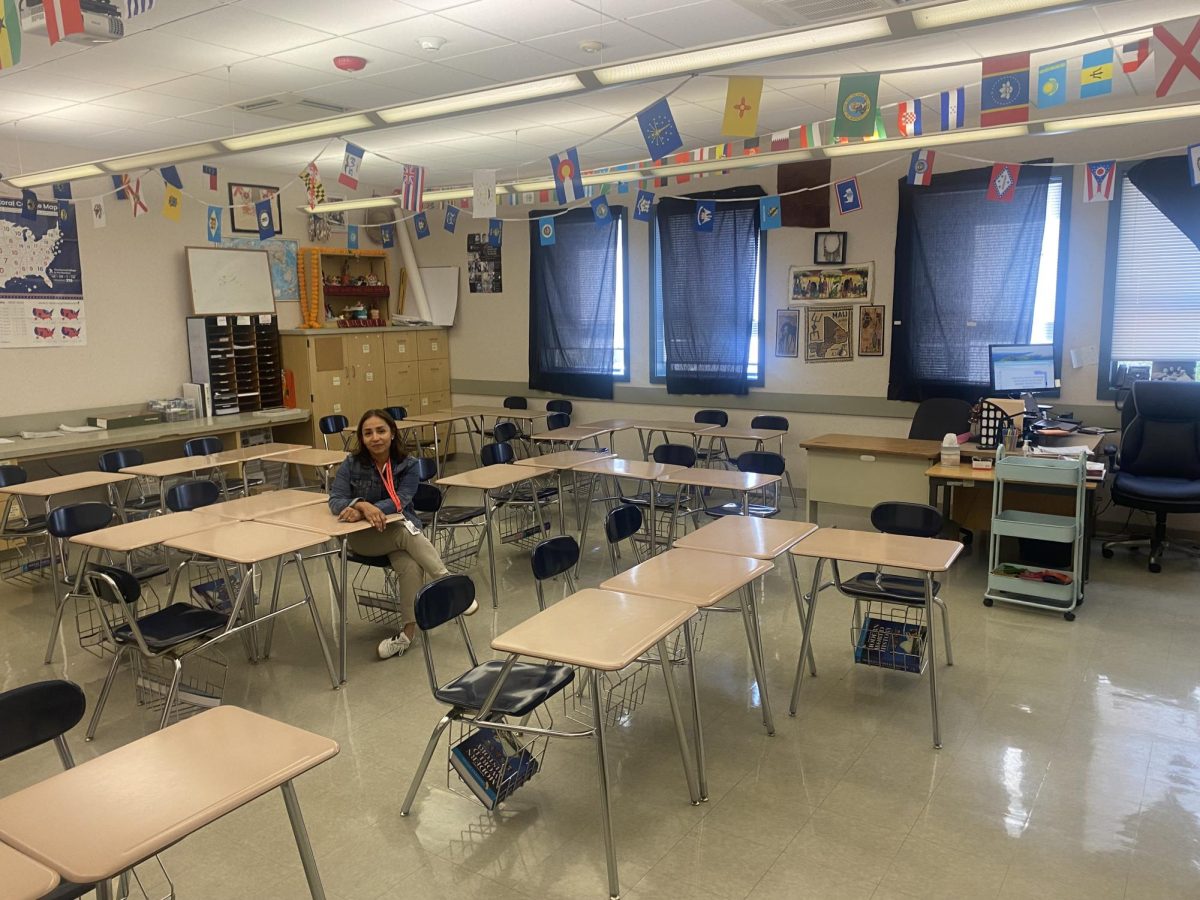
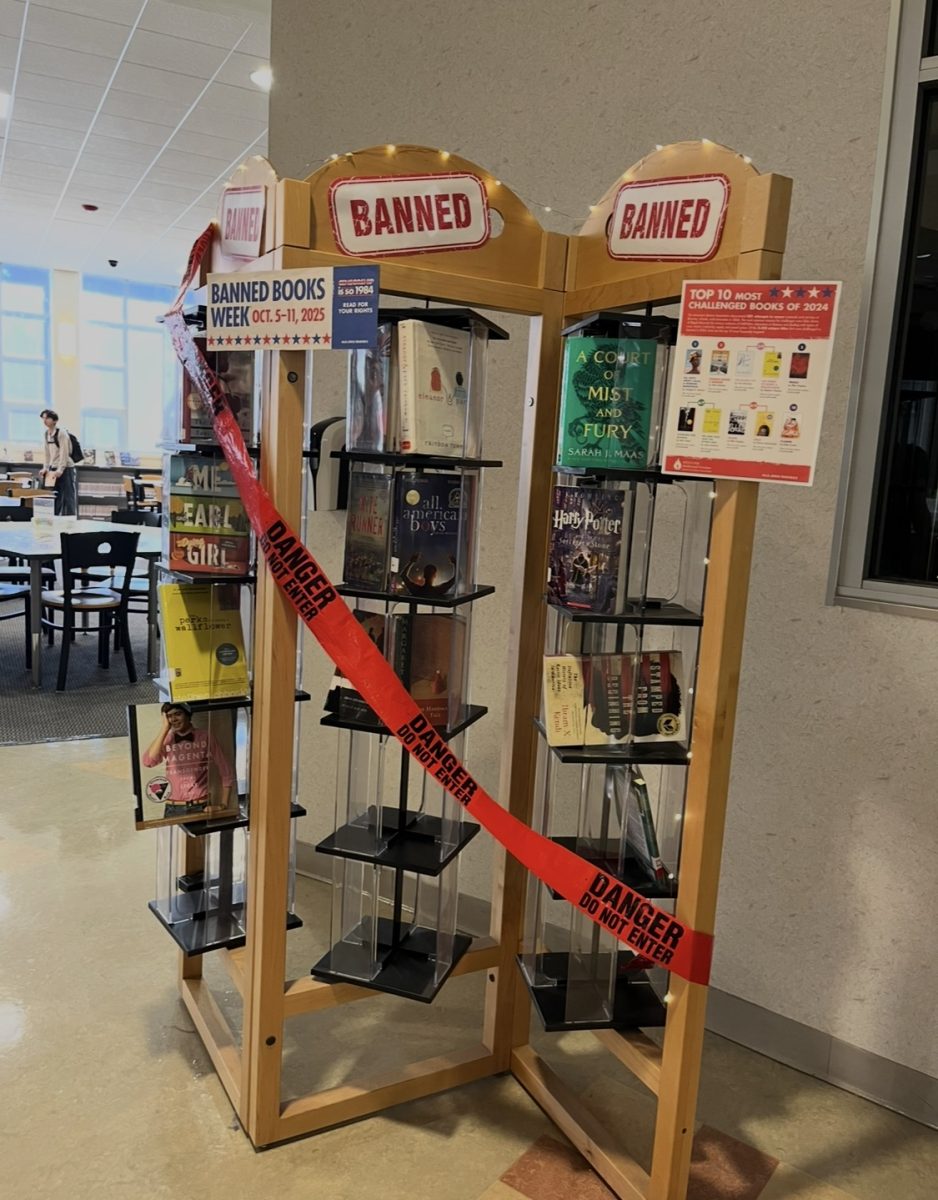
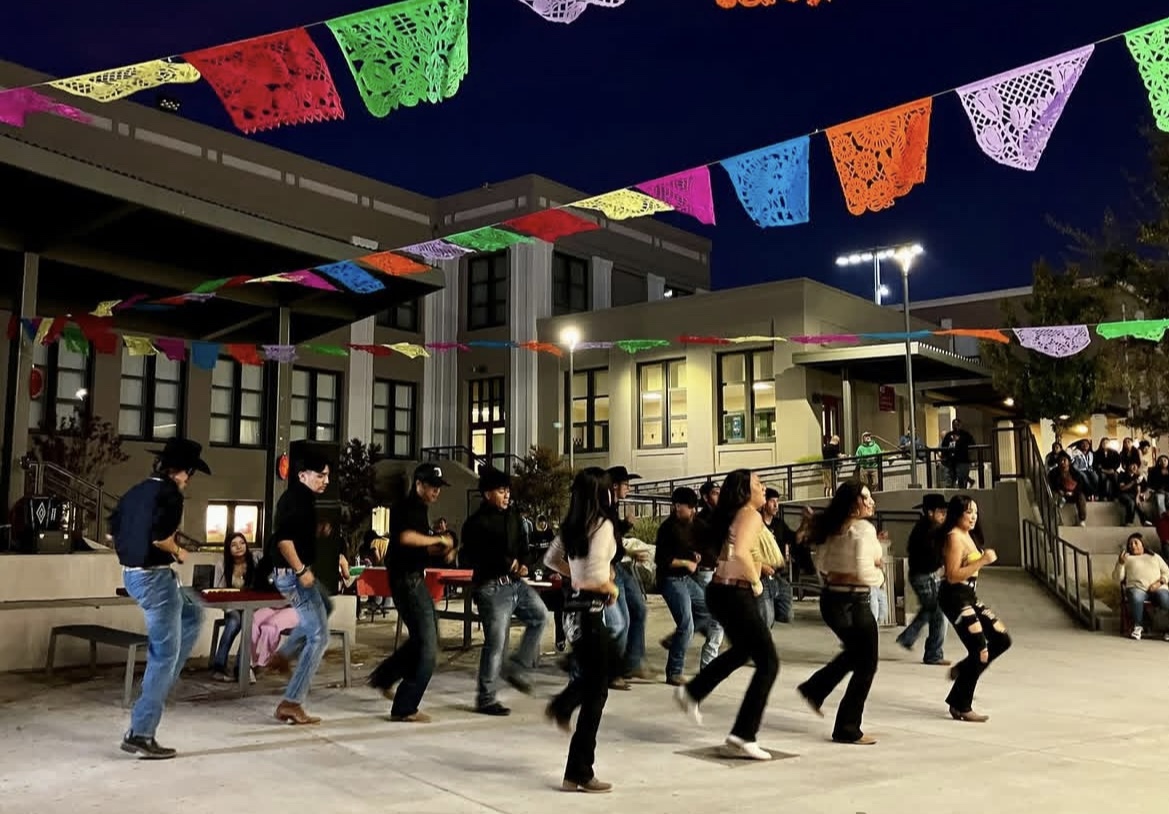
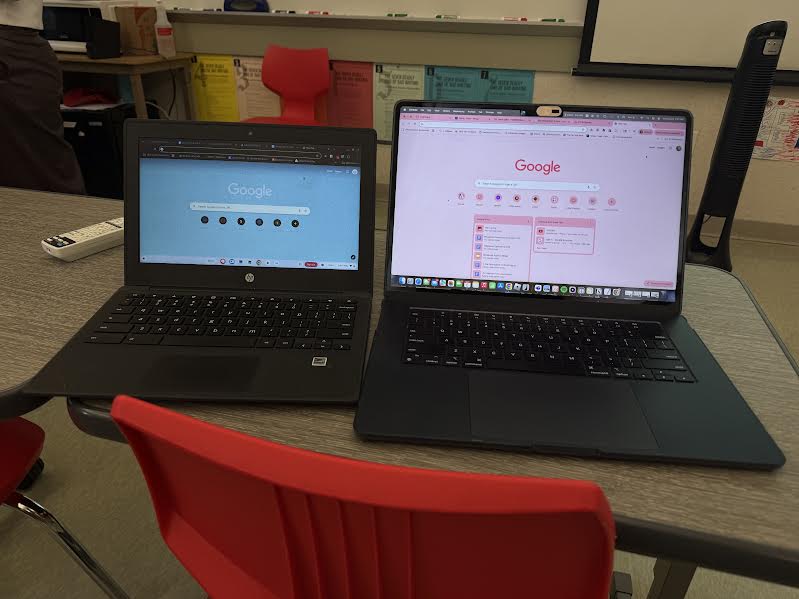











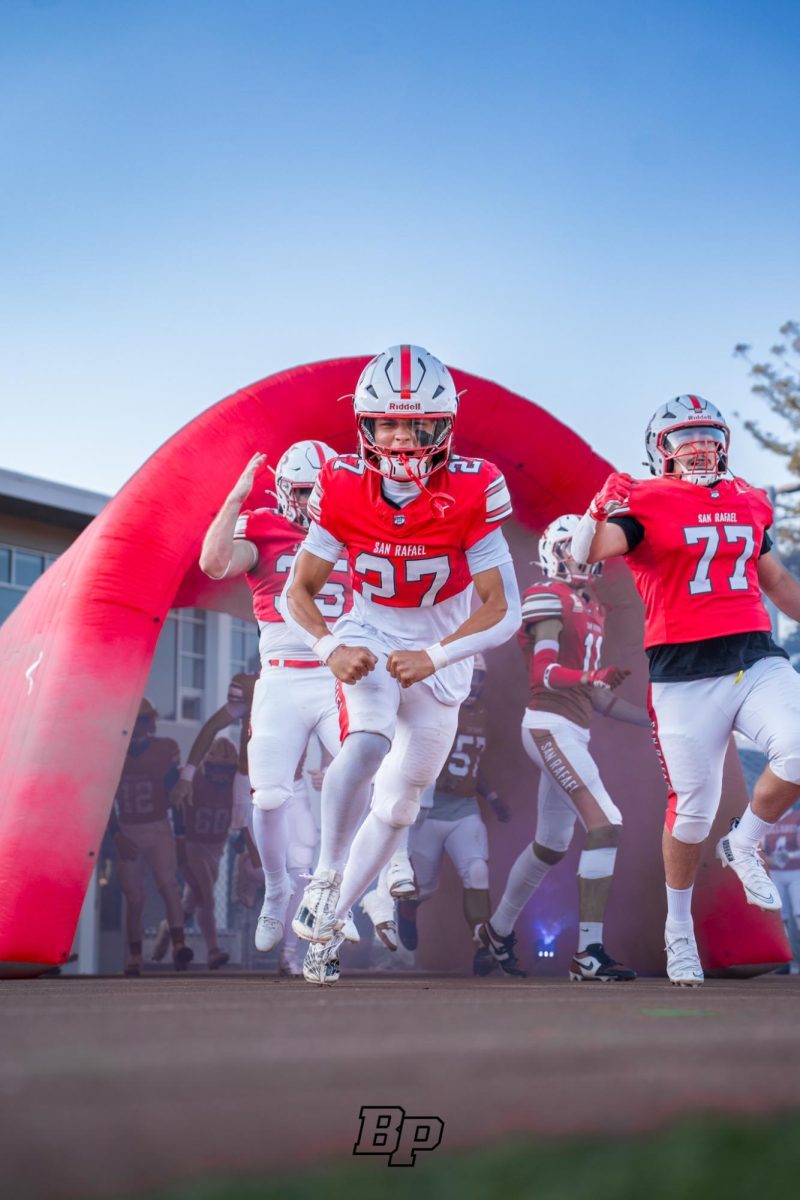
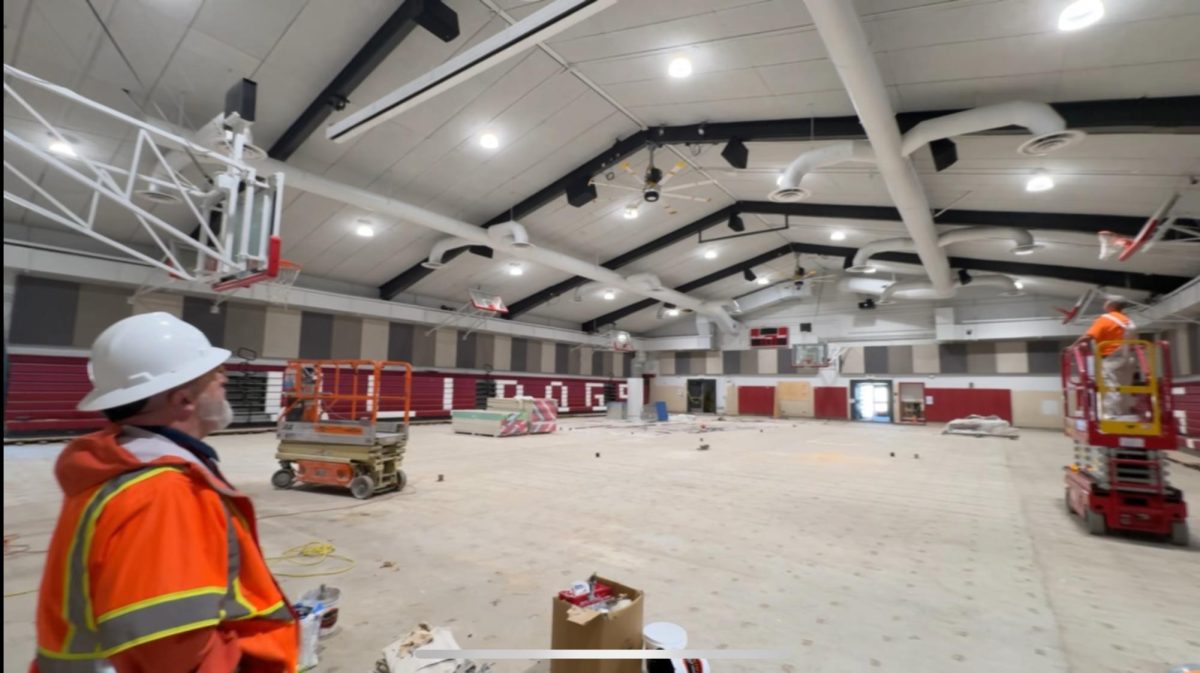




















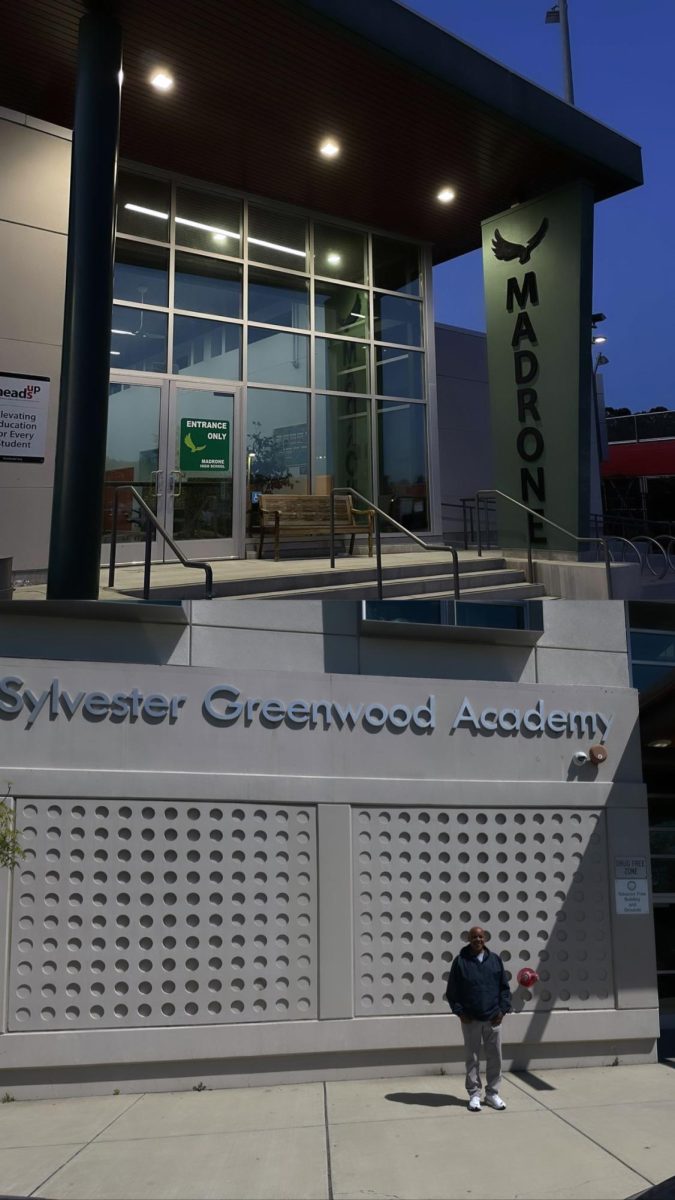

Ortiz • Jun 5, 2024 at 12:11 pm
Wow, that was an interesting read. As a teacher, I had the same veiws on alternative schools. I am thankful that I have seen positive results in these schools, like Madrone.
Now you have me rethinking my own cell phone policy.
Alison Zampino • Jun 3, 2024 at 7:39 pm
Great article Stephanie. Amazing things happen at continuation schools!
Grace Alfaro • May 31, 2024 at 9:37 am
Thank you for this article, I got a new prospective about continuation schools.